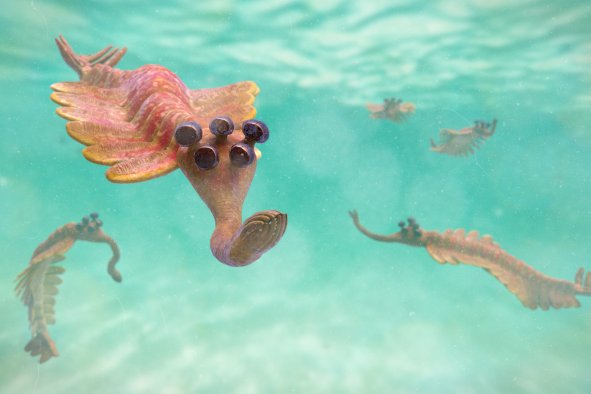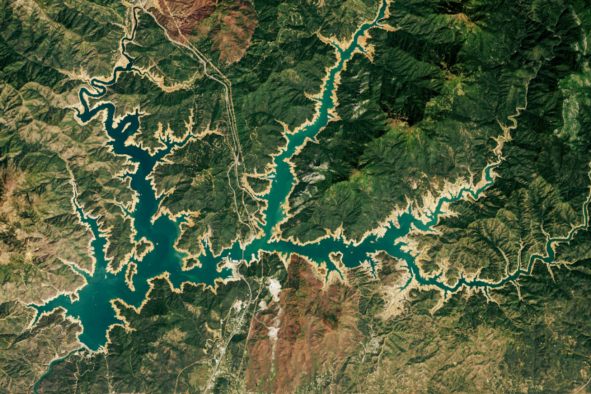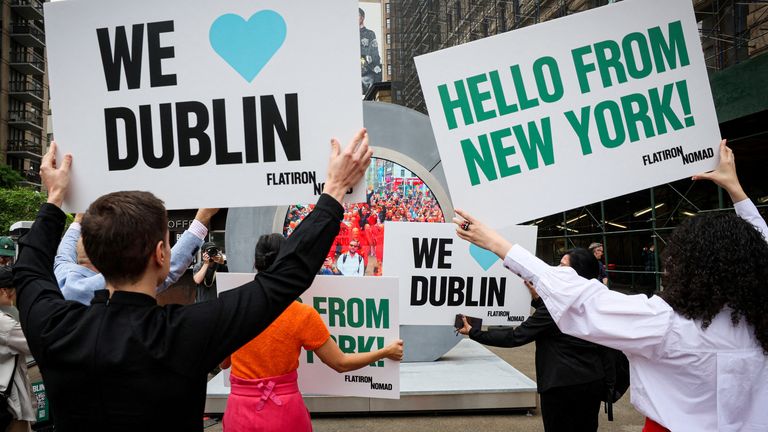An archaeological dig has uncovered two ancient Roman coins, among other remains, on a small island that measures just 3 miles in length.
The coins are a silver "Antoninianus" dated to A.D. 255 that depicts the short-lived teenage ruler Caesar Valerian II, and a bronze featuring an image of the emperor Valens from A.D. 364-367.
The coins came to light during an ongoing excavation of a large Roman building located near Longis Bay on Alderney, one of the Channel Islands, which are British crown dependencies but not part of the United Kingdom. The archipelago lies just off the northern coast of France in the English Channel, an arm of the Atlantic Ocean that separates Great Britain from the European mainland.
The excavation—being conducted by Dig Alderney, a charitable association run by volunteers—is helping to shed light on the Roman history of Alderney, which is part of the Bailiwick of Guernsey. The recently uncovered coins represent two of the "star finds" from the excavation, the association said in a Facebook post.
Longis Bay was the ancient harbor of Alderney and in the 4th century the Romans built a small fort there at a site known as the Nunnery—presumably to monitor ships passing through the narrow body of water between the island and Gaul. This was the Roman name for a region that is now largely occupied by modern-day France.
The large building that is being excavated on Alderney is located around 100 feet from the Roman fort.
"We have so far identified three rooms in the building…plus three areas of paving which may be courtyards," Jason Monaghan from Dig Alderney, who is leading the project, told Newsweek. "The Roman land surface is where we found two coins. The Valens coin dates to around the period we think the fort was built."
The discovery of the coins indicates that the fort site was occupied and used late into the Roman period. Evidence from pottery and glass remains found at the site suggest that it was subsequently used by the Franks in the 6th or 7th centuries. The Franks were a Germanic people who lived in Western Europe during the Roman Empire and early medieval period.
"Frankish finds are extremely rare in the Channel Islands," Monaghan said.
The aim of the current excavation is to discover more about the size of the large Roman building, its function and the date of its construction. There is evidence of other Roman buildings spread out over several hectares in this part of Alderney, indicating the presence of a "substantial" settlement, according to Monaghan.
"Alderney is a small island and seems to have disproportionately rich archaeology in both the Iron Age and Roman periods. This may relate to trade routes," Monaghan said.
"Ancient sailors liked to keep in sight of land, so every ship coming up from the Mediterranean, Spain or western Gaul would have passed the island," he said. "They carried wine, oil and other precious cargoes. This gave Alderney a vital role as a harbor of refuge in bad weather and the Romans would want to make sure the island was not used by pirates."
Do you have a tip on a science story that Newsweek should be covering? Do you have a question about archaeology? Let us know via science@newsweek.com.
Disclaimer: The copyright of this article belongs to the original author. Reposting this article is solely for the purpose of information dissemination and does not constitute any investment advice. If there is any infringement, please contact us immediately. We will make corrections or deletions as necessary. Thank you.



